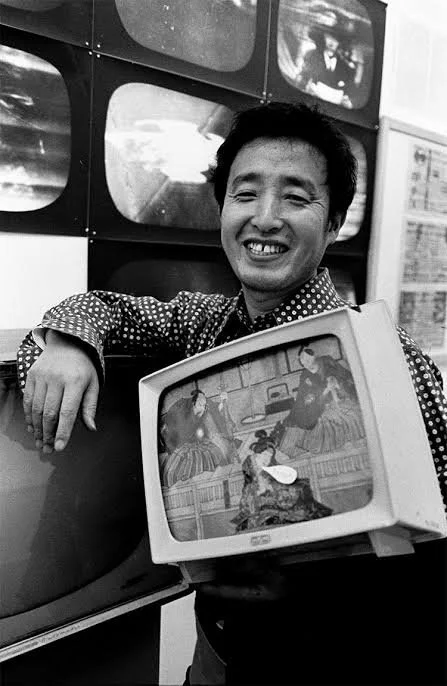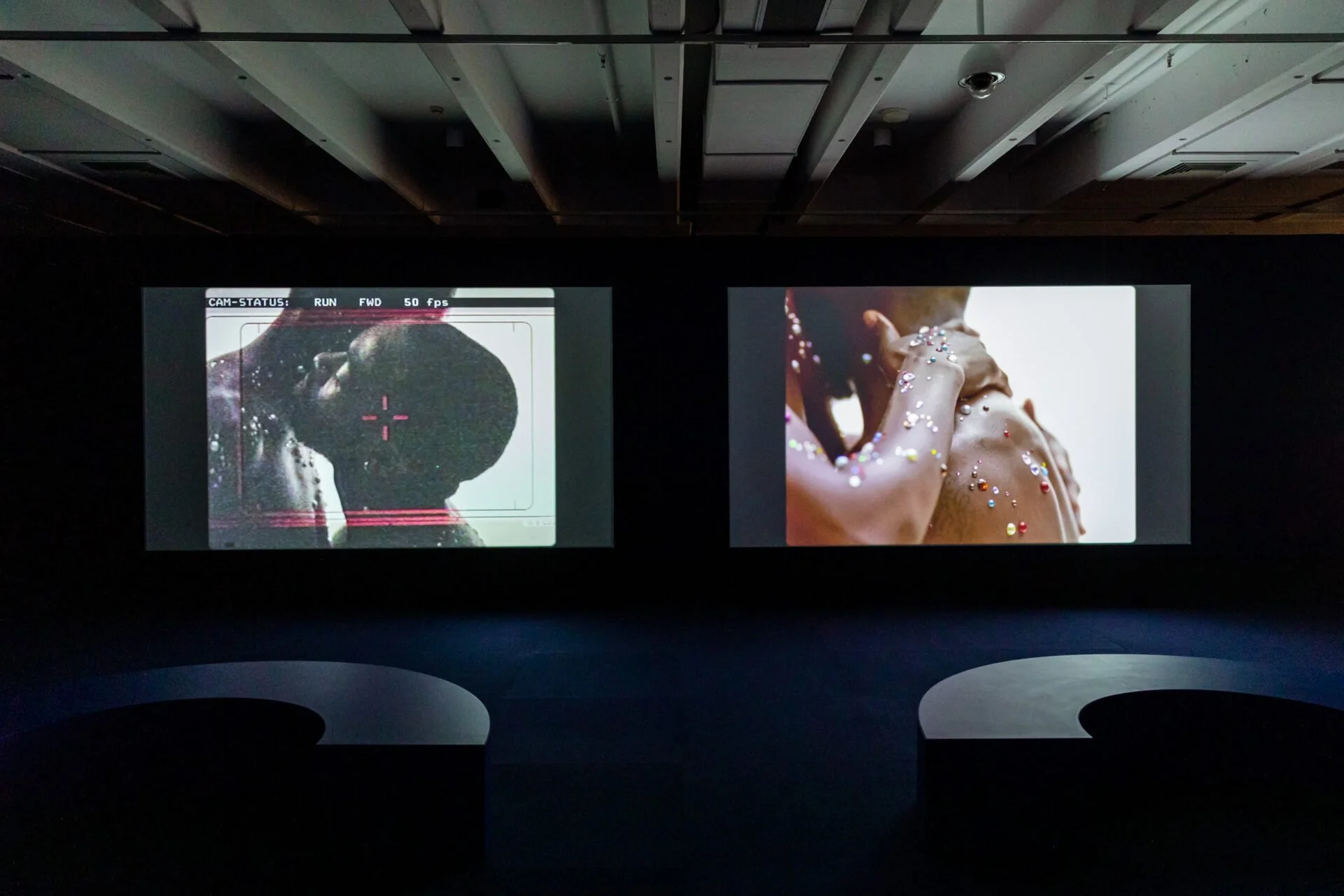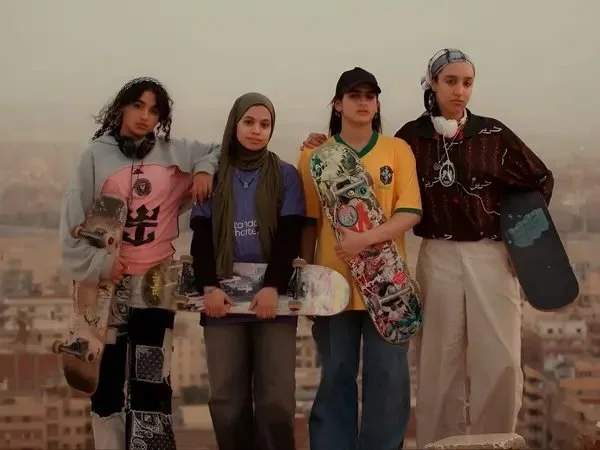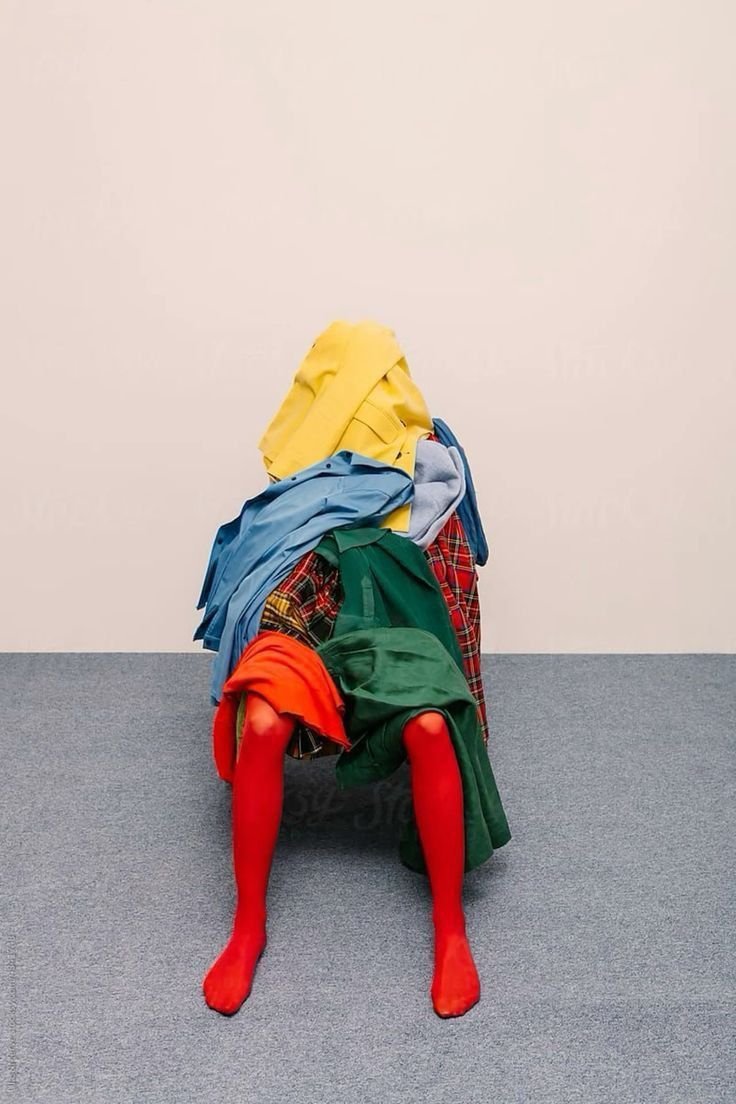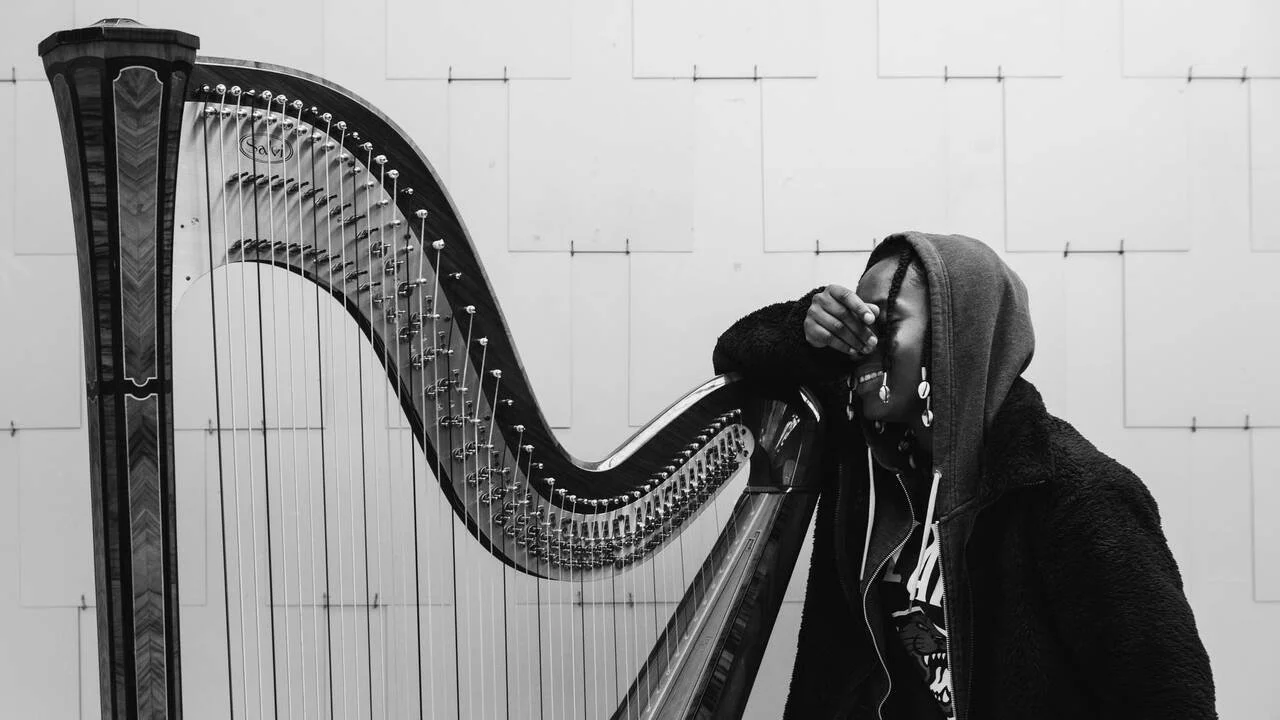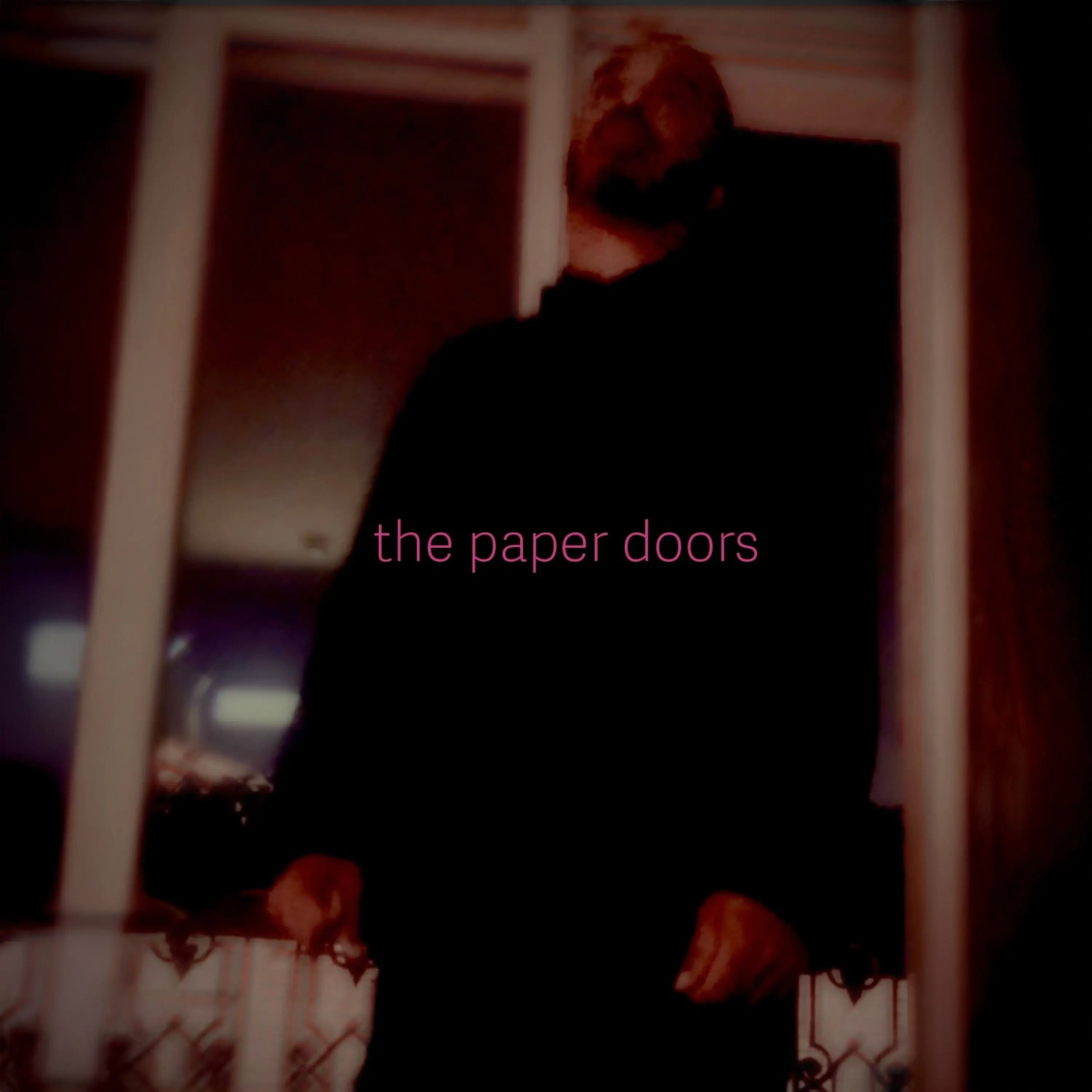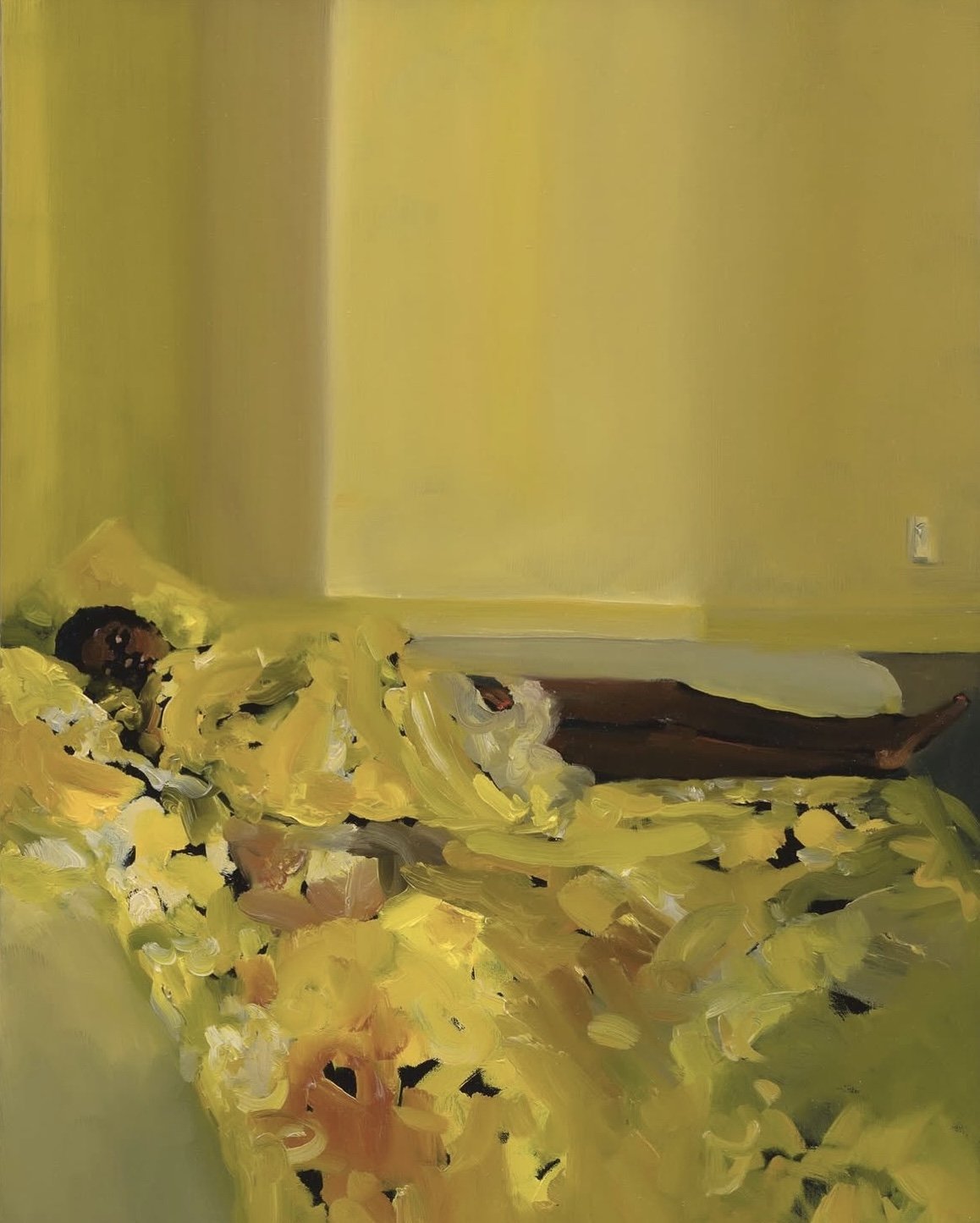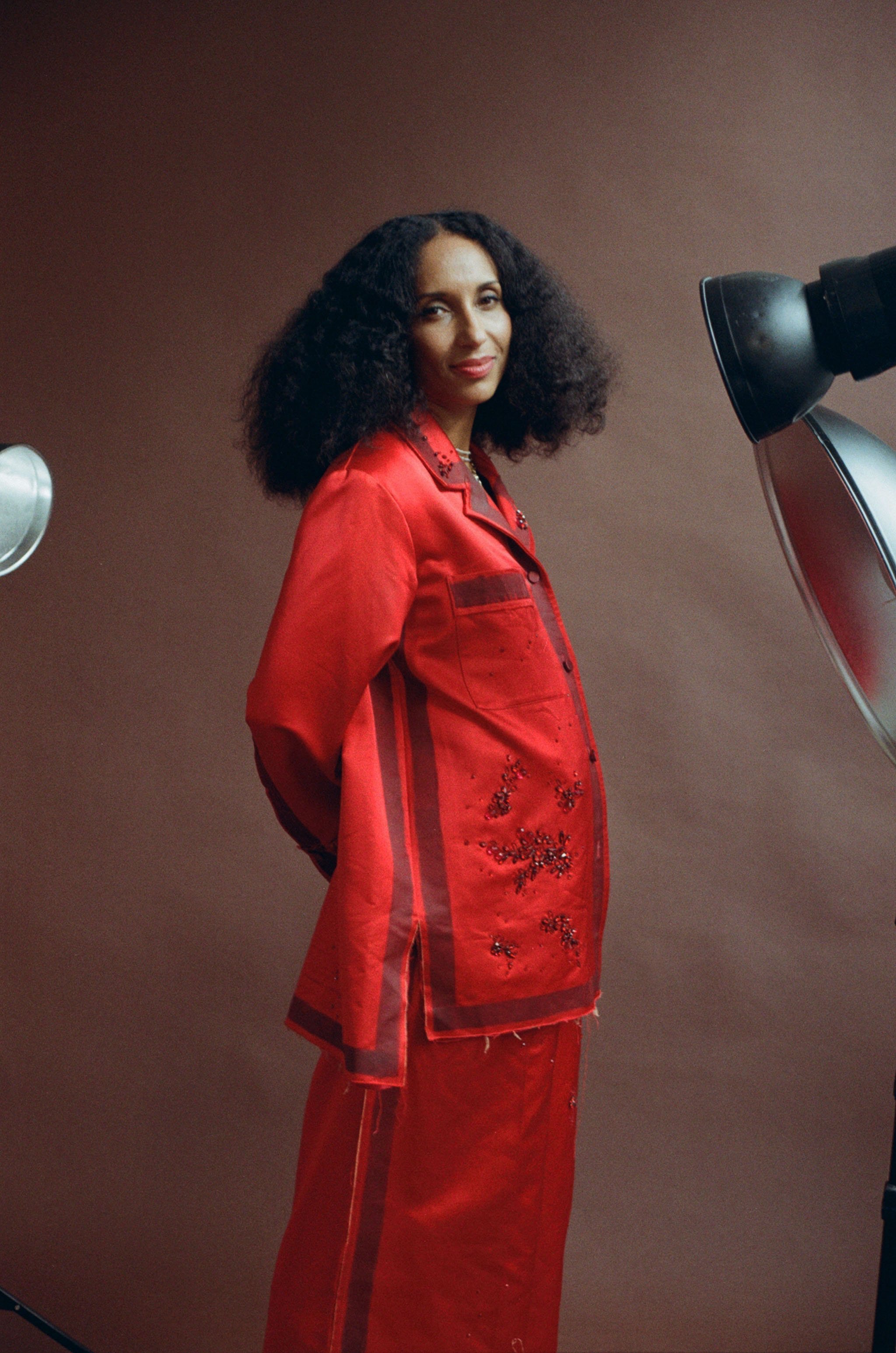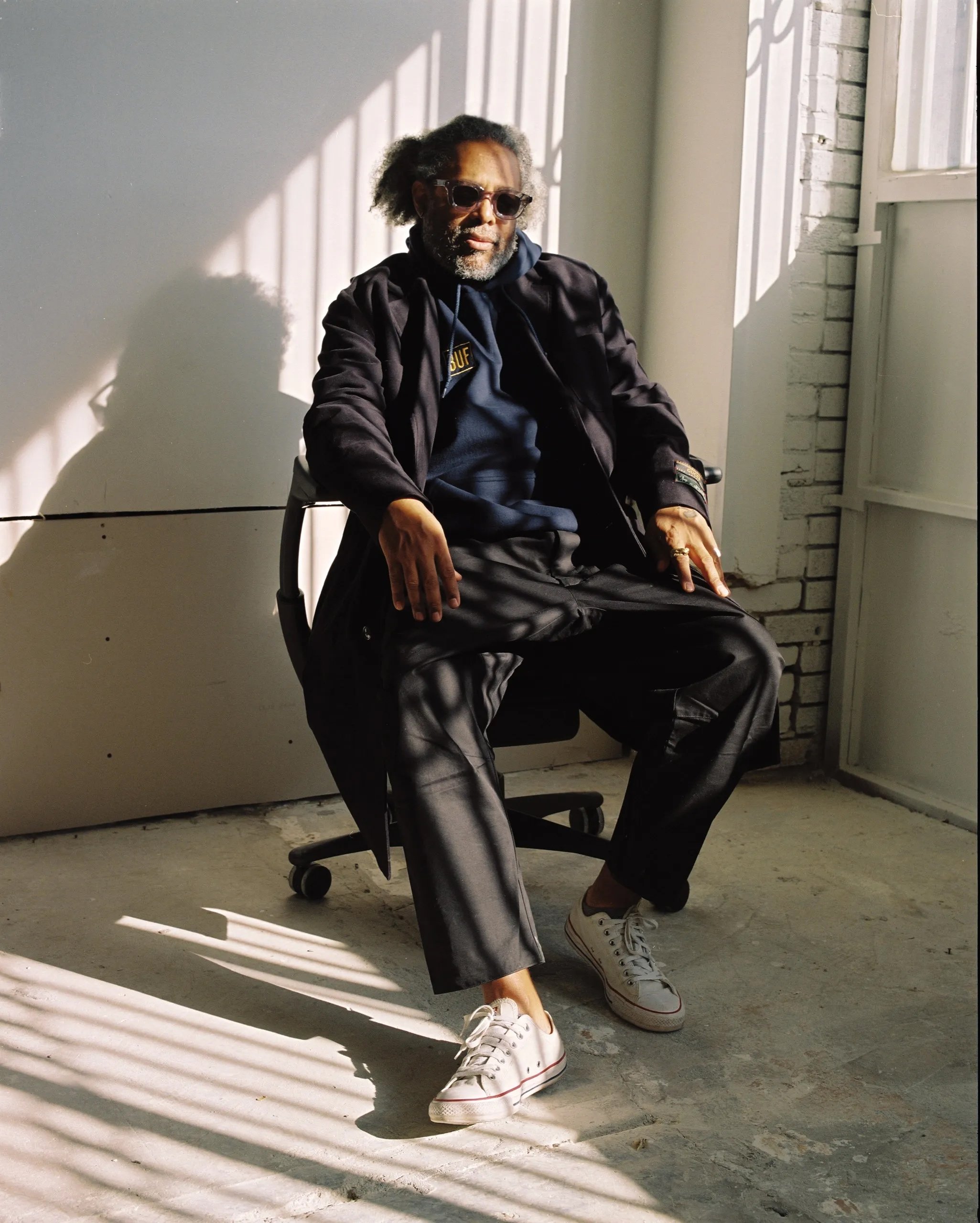Video Art vs Cinema: Neither Film, Nor Exhibition, But Both
Screens Multiply, Stories Explode: A New Generation of Filmmakers Erase the Boundaries Between the Dark Room and the White Cube. Video art or cinema? It doesn’t matter. What matters is the explosion of forms.
Nam June Paik, “Electronic Superhighway”, 1995 ©Smithsonian Institution
Video art didn't just implode the galleries. In 1974, the Institut d'Art Contemporain in Villeurbanne shook up the codes with France's first dedicated exhibition. From that moment on, the medium redefined formats and transformed the moving image.
The Founder of Video Art
Nam June Paik (1932-2006), born in Seoul, is considered the founder of video art.
Video Art as a Political Act
Video art, far from merely following the rules of cinema, reinvents them. Arthur Jafa, Björk, and Khalil Joseph deliberately erase the boundaries between gallery and cinema, creating intense works that challenge the norm and redefine political engagement through the image.
Arthur Jafa
Love is the Message, the Message is Death by Arthur Jafa is a seven-minute video that hits like a punch. Blending archival footage with contemporary clips, it captures the resilience and beauty of the African American experience. Driven by gospel and jazz music, the work transforms the space into an intense visual and auditory immersion, a poignant meditation on history, culture, and collective memory.
Kahlil Joseph
Kahlil Joseph doesn’t just film; he creates worlds. After directing music videos for Beyoncé, Flying Lotus and Kendrick Lamar, he redefines visual language with a mystical intensity. His installations, which blend video, music, and politics, upend traditional codes.
With Double Conscience (2017), he dissects Black America across two screens. BLKNWS (2015) transforms the news broadcast into a stream of Afro-diasporic imagery. Wildcats (2016) merges performance and archive footage in a feverish dream.
The Shadow Play (2018), his first solo exhibition at the New Museum, explores Black memory and culture. Fly Paper (2017) revisits Harlem through the lens of Roy DeCarava and travels to London for Strange Days: Memories of the Future. Black Mary (2017) is shown at Tate in Soul of a Nation.
His BLKNWS has toured the world: Venice Biennale, Sundance, and Reverb: Sound into Art in London. In 2020, he participates in Made in L.A. with BLKNWS at the Hammer Museum.
Bjork
Nature Manifesto by Björk,, presented at the Centre Pompidou in Paris in 2024, dives deep into the ecological crisis with hypnotic visuals and a spellbinding soundtrack. Blending nature, technology, and activism, the artist disrupts conventions to reinvent our connection to the environment, turning planetary urgency into an unforgettable visual and sonic experience.
Split Screen: These Filmmakers Navigating Between Two Worlds
Where cinema follows codes, video art blows them apart. Steve McQueen, with Queen and Country (2007), Sunshine State (2022), and Bass (2024), blurs the boundaries between the cinema screen and the gallery wall.
Mati Diop, avec son film Dahomey (2024), projeté au Museo Reina Sofía et au MoMA, floute également les lignes entre le documentaire et l'art vidéo. Agnes Varda, pionnière de l'art vidéo, a présenté Visages, Villages (2017) en installation au Centre Pompidou.
Finally, Isaac Julien,, with his latest work Statues Never Die (2024), exhibited at Tate Britain, continues to redefine the boundaries between cinema and video art. These filmmakers prove that video art isn’t a subcategory of cinema—it’s a force that reshapes it entirely
The New Wave
The contemporary scene is reinventing video art with artists like Vincent Houzé, Baloji, Tourmaline, and Jenn Nkiru. Moving between film and exhibition, they’re forging bold new visual languages. Houzé, with Structure Fluide and his interactive simulations, explores the poetry of motion. Baloji’s Augurism fuses African traditions with European influences in a rich, hybrid aesthetic. Tourmaline’s Pollinator reimagines queer memory as a space of resilience and transformation.
Structure Fluide (2017) by Vincent Huzé is an immersive installation where forms and flows respond to the audience’s movements. Driven by real-time fluid simulation, the work captures, transforms, erases. The body leaves a trace—immediately absorbed. Nothing is fixed, everything slips.
Jenn Nkiru, Rebirth Is Necessary, London (2019)
« Les artistes de l’image en mouvement sont marginalisés dans l’industrie cinématographique, tout en restant minoritaires sur le marché de l’art. »
Pollinator (2022) by Tourmaline fuses past and present, exploring queer history through early 20th-century sets and costumes. A visual manifesto that reimagines trans memory and identity, the work was presented at Mudam Luxembourg and the Whitney Museum.
The Video Artist and Their Audience
But what about the viewer? Video art invites a personal—and political—introspection. Far from the structures of cinema, it disrupts conventions, asking us not to consume but to confront. In a world where formats are exploding, the question isn’t about crossing boundaries, but about reinventing them—without ever normalising the raw, electric energy that drives this form.

